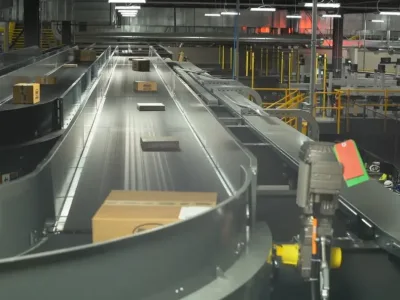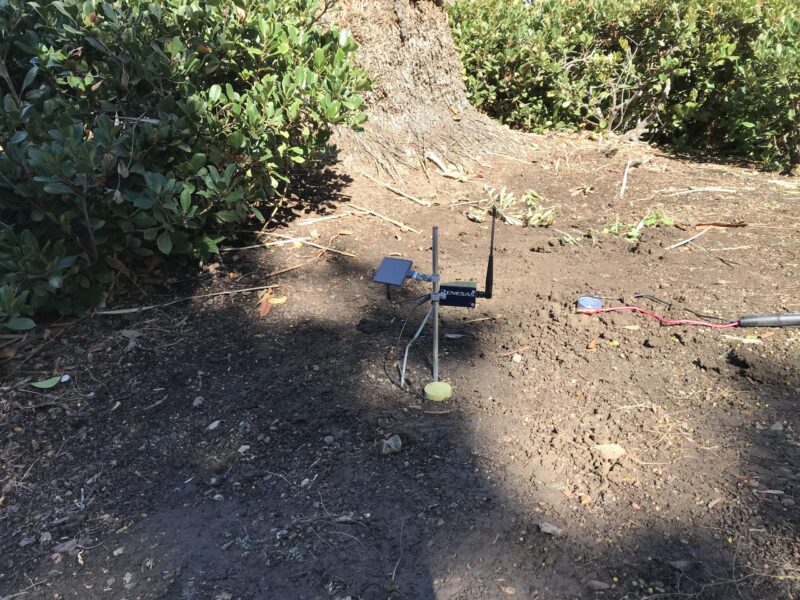
Energy harvesting enables batteryless smart farming
Agriculture is vital to the European economy but is currently under threat from many different directions. There are ever-increasing demands to provide more food to feed Europe’s growing population, while the land available for agricultural use has actually fallen in recent years. In addition, water resources have become scarcer, the cost of labour has increased significantly and we have the additional threats posed by climate change.
These all result in increasing pressure on farmers to deliver more, for less. This is driving the need for a variety of smart agricultural applications to help farmers plan and use their limited resources more efficiently.
The European Union has recognised the importance of increasing the use of technology in the agricultural sector to address these issues. In April 2019, 25 member states signed a declaration of cooperation on ‘A smart and sustainable digital future for European agriculture and rural areas’ and decided to take a number of actions to support the successful digitalisation of agriculture and rural areas in Europe.
Smart farming is the use of modern technology to increase the quantity and quality of agricultural products. Today’s modern farms have access to many new technologies, including GPS, soil scanning, data management, and remote sensing technologies. By precisely measuring variations within a field and adapting their strategy accordingly, farmers can greatly increase the effectiveness of pesticides, fertilisers and the water required for irrigation and can use these resources more efficiently.
Similarly, using smart farming techniques, farmers can better monitor the health and needs of individual animals and so adjust their nutrition correspondingly, thereby preventing disease and enhancing livestock health. Many of these solutions are based on remote sensors connected to the cloud by a radio. Analytics applications in the cloud provide farmers with wide range of useful, real time information about the behaviour of their farms today and predict the behaviour of their farms in the future.
Today, the first generation of smart agriculture systems provide a range of solutions to applications as diverse as soil monitoring and cattle management. Most of these applications are currently powered by batteries, which are proving to be problematic. Often the batteries required are bulky and need regular replacement or recharging – not so easy when the systems are in remote locations or the tracker is placed around the neck of an angry cow. Often the batteries fail at the moment they are most needed, especially if regular replacement isn’t scheduled, to say nothing of the environmental costs of the batteries. Often, the materials used in their manufacture are not environmentally friendly or sustainable.
Energy harvesting can provide an ideal solution for many of these sensor applications. In the remainder of this article we will look at how Renesas developed a batteryless soil monitor application, using energy harvesting to provide all the necessary power for the sensor.
In this design, we want to develop a very small sensor that can measure the temperature and moisture content of the soil and share the data regularly with the cloud using a Lora radio. The system should operate without a battery, using energy harvested from the environment. We need to choose the components for this design very carefully, as typically the energy available from energy harvesting sources is very small, so it needs to be managed very carefully to make a fully reliable system.
We first need to consider what power budget is available for us to work with. In this case, we need to power a microcontroller and its associated circuitry, as well as the sensor and Lora radio, which are liable to dominate the power required. Our system needs to manage the energy that we harvest, and store it until we have enough energy to read the sensor and send a message via our radio to the system’s host computer.
Looking at how we can design a system supporting different radio technologies, each requires a different power level, and provides different specifications in terms of data rate and range. A comparison of how these could behave within our power budget is shown in Figure 1. Here we show the expected operating cycle of a system working with a power budget or around 50 µA; this is typical of a 25 cm2 solar cell operating in an environment with a flux of 200 Lux (think of an extremely rainy day in the UK) or a latest-generation Thermal Electric Generator (TEG) working with a temperature difference of around 3 degrees C.

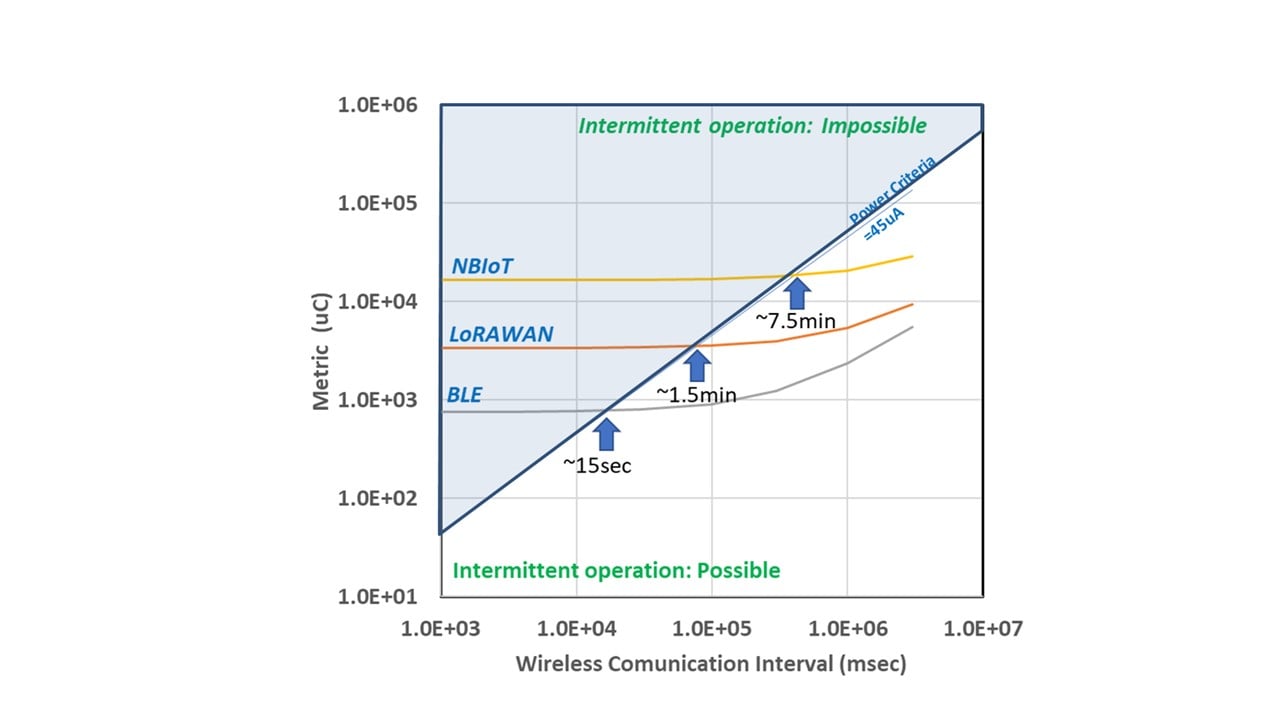
Figure 1: Power budget calculation based on small solar cell or TEG
Figure 1 shows that, based on our power budget, we should have enough energy in the system to send a Lora message roughly every 90 seconds. This is more than enough for most applications that measure properties such as temperature and humidity, as they don’t change quickly in their expected operating environment. The diagram also shows that we could easily operate with a longer cycle time with a large safety margin, or use another, more power-hungry radio technology.
The first energy harvesting power source we have chosen is the PowerSpike from Matrix Industries. This unique component allows us to generate energy using a TEG from the temperature difference commonly found between the subsurface of the ground (in this case, less than 20 cm below the soil surface) and the air at the surface. This difference in soil temperature is normally at least 2-3 degrees C, and so is more than enough to generate all the energy required by the system. The PowerSpike provides us with a robust and compact solution only 22.5cm in height and 4.4cm in diameter and can provide us with enough power for our application. The PowerSpike can also be customised to meet a specific application’s requirements.
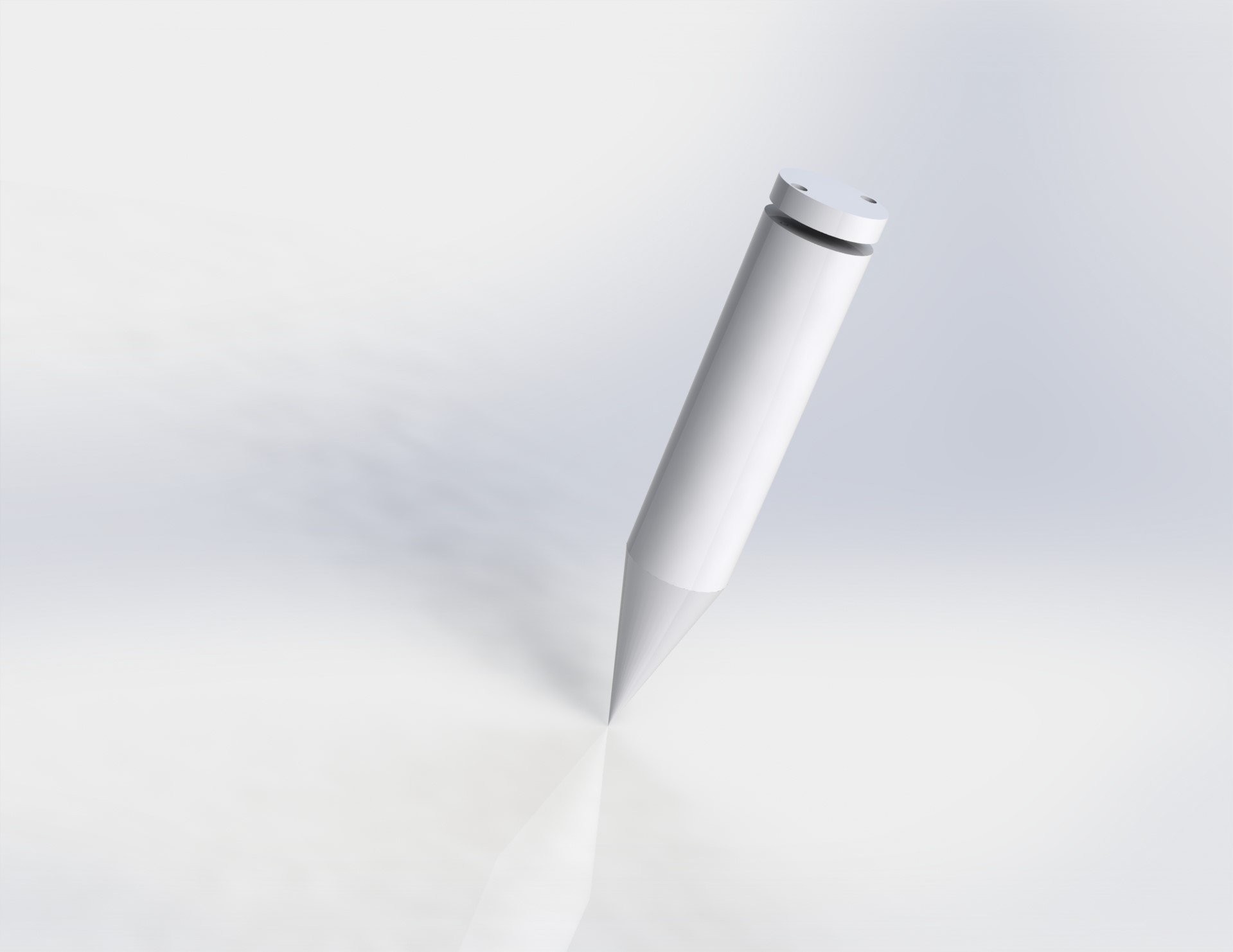
Photo1: “PowerSpike” from Matrix Industries
Occasionally, such a temperature difference may not exist, and so we have chosen to have a second power source in parallel. For this we chose the Panasonic PV Cell AM1816CA. Both these sources should be able to individually provide our required power budget of at least 50 µA under most operating conditions.
The key component in this smart farming system is the microcontroller, as it must not only manage the system’s operation and provide the performance required to run the application, but also do this within the available power, so it needs to manage the power available in the system at all times.
The Renesas RE family of embedded controllers has been developed to do exactly this. It is implemented on a unique ultra-low power process, is capable of operating at low voltage with very little power, and integrates a unique energy harvesting controller. As an added benefit, it comes in an extremely small package.
The RE01 consumes less than 35 uA / MHz in active mode and 120 nA in standby mode. The RE01 has a unique power supply architecture with multiple internal and external power domains, capable of working at a variety of operating voltages, and provides the ability to run at up to 64 MHz at low voltage. The device also comes with a wide range of useful on-chip peripherals, including an ultra-low power 14-bit analogue to digital converter that can sample data while the whole chip consumes less than 4 µA. These features make the RE01 ideal for this application. The block diagram of the RE01 is shown in Figure 2.

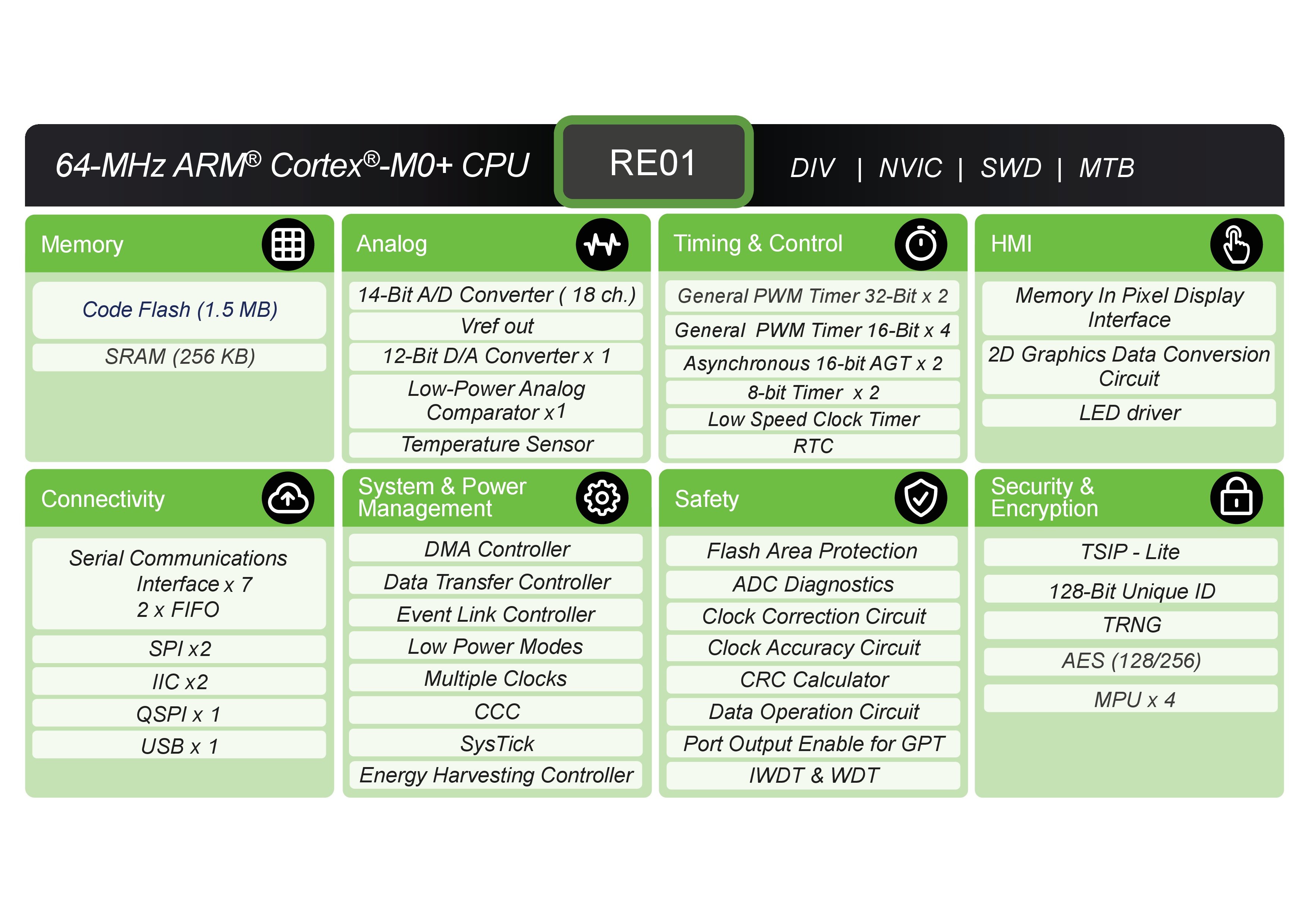
Figure 2: The RE01 Embedded controller for energy harvesting applications
Implemented in every member of the RE family is a unique energy harvesting controller (EHC) that allows energy to be harvested from a wide range of different renewable energy sources as well as enabling the device to automatically control an external rechargeable battery or super capacitor. The EHC can also supply power to external devices such as radios and sensors to allow them to also operate from harvested energy, supporting the development of a complete, intelligent, communicating device.
One of the biggest problems with any embedded device in energy harvesting applications is the inrush current – the current that the device demands when it is initially switched on. This currently is typically quite large and will swamp most typical energy harvesting power sources and cause the device to operate incorrectly. The EHC is designed specifically to avoid this issue and manage the small amounts of energy available to enable the safe and reliable start-up of the embedded controller. The EHC implemented on the RE01 enables these devices to start up reliably from low energy power sources supplying as little as 5 µA of current. This means that, for almost the first time, real energy harvesting applications with a more powerful class of application are feasible. The energy harvesting controller implemented on all the new RE embedded controllers is shown in Figure 3.
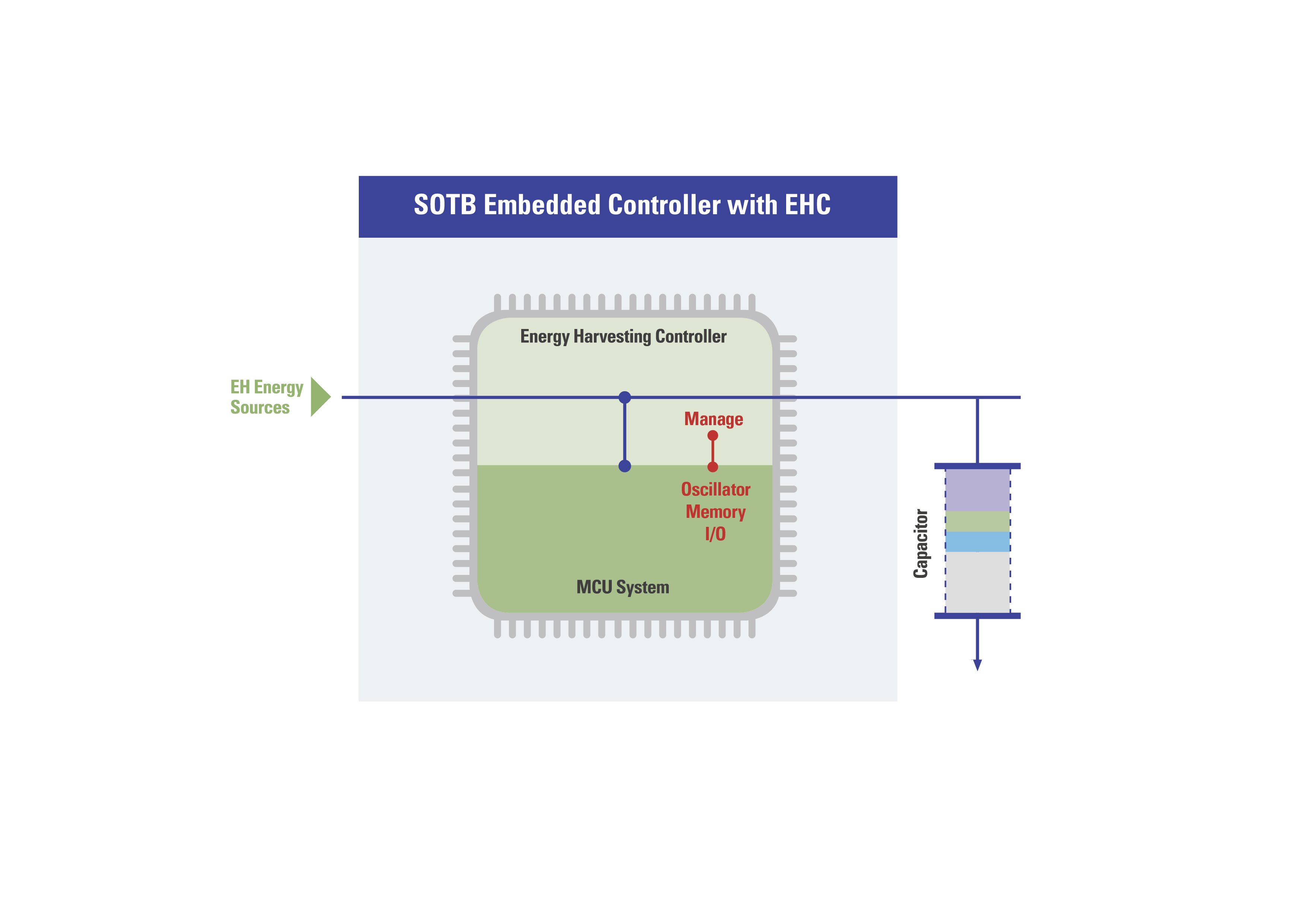
Figures 3: The energy harvesting Controller
With the correct power dimensioning circuity, the energy harvesting controller enables these devices to operate with a wide range of different power sources, including a variety of solar or photovoltaic cells, vibration harvesters and thermal harvesters. Several of the other components in the design had to be carefully chosen to make sure we operated within our power budget.
One important component was the energy reservoir, as we need to manage the energy we harvest and store it for use by the system when it is powered up; in this case, we chose a super capacitor. For this application, we selected the SCMQ14C474MRBA0 from AVX. This part provides a good balance of easy availability, cost and size, and has good low leakage and ESR characteristics for this application.
Another key device to be selected was the DC-DC convertor required to convert the output from the TEG to a usable voltage. We chose the Matrix Industries Mercury family of highly integrated DC/DC boost converters as they provide an ideal solution for applications that need to harvest and manage surplus energy from extremely low input voltage sources, such as thermoelectric generators (TEGs) and thermopiles. The patented transformer reuse topology used by this device works as a flyback converter and can operate from input power as low as a few microwatts. The unique impedance matching feature presents a constant impedance load and enables the highest efficiency energy harvesting across the entire operating range of input voltages.
For the main sensor, we have chosen the Renesas HS3001 High-Performance Relative Humidity and Temperature Sensor. This is a highly accurate, fully calibrated relative humidity and temperature sensor. The high accuracy, fast measurement response time, and long-term stability, along with the small package size, makes the HS3001 ideal for a smart agriculture application.
An integrated calibration and temperature compensation logic provides fully corrected RH and T values via a standard I²C output. The measured data is internally corrected and compensated for accurate operation over a wide range of temperature and humidity levels – user calibration is not required.
The final key component we are using is the Lora radio. In this case the power is supplied via the RE01 to the radio, so the exact type is not so important. We chose the DRF1262G from DORGI, based on the Semtech SX1262. This was used for our prototypes as it’s physically small, uses the XBEE interface and has reasonable power consumption. As the power is supplied by the RE01 to this device, it would be easy to substitute other commercially available radios.
In the final design, the power from the energy harvesting sources is stored in the supercap under the control of the RE01. After 90 seconds, the RE01 power up, and checks the energy level in the supercap. If there is enough energy, the sensors and radio are powered up, the measurements are taken, and the data is sent via the Lora radio.
The benefit of this system is that the RE is able to power up and initialise using its energy harvesting controller to manage the limited energy available. A normal microcontroller would be unable to manage on such limited resources.


Photo 2: The complete PCB assembly for the microcontroller board.
Photo 2 shows the energy harvesting soil monitor PCB. The complete PCB measures less than 34 x 42 mm2 and has been developed by Renesas and its partners to address the specific requirements of many soil monitoring applications and to show that it’s possible to develop batteryless solutions for these applications.
The soil monitoring system developed here is currently undergoing field tests at various locations around the world, such as the test installation in California shown in Photo 3. We are testing this system’s reliability there in real operational conditions.
This project shows that the development of intelligent sensing devices, capable of communicating by radio and harvesting energy from the environment without the need for batteries. All the devices used in this smart farming design are available today, and full details of this design, including schematics, layout and software, are available from Renesas.
Documentation of the main ICs used in this design can be found at:
https://www.renesas.com/eu/en/doc/products/mpumcu/doc/re/001/r01ds0363ej0100-re01_1500kb.pdf
https://www.matrixindustries.com/en/products/mercury-energy-harvesting-boost-converter
https://www.mouser.co.uk/datasheet/2/40/AVX-SCM-1018838.pdf
Graeme Clark has been with Renesas Electronics Europe, and previously Hitachi Electronics, working with low power microcontrollers in a variety of roles for over 20 years. He is now responsible for the introduction of the new SOTB based embedded controllers into the European market.
Ken Imai is a Product Marketing at Renesas who has worked for the company for more than 11 years. He worked as an embedded systems specialist to gain broad application knowledge of microprocessors and microcontrollers through his various application engineering and platform development experiences. His current role in the company is product marketing and energy harvesting ecosystem development for the SOTB-based microcontroller.
 If you enjoyed this article, you will like the following ones: don't miss them by subscribing to :
eeNews on Google News
If you enjoyed this article, you will like the following ones: don't miss them by subscribing to :
eeNews on Google News

